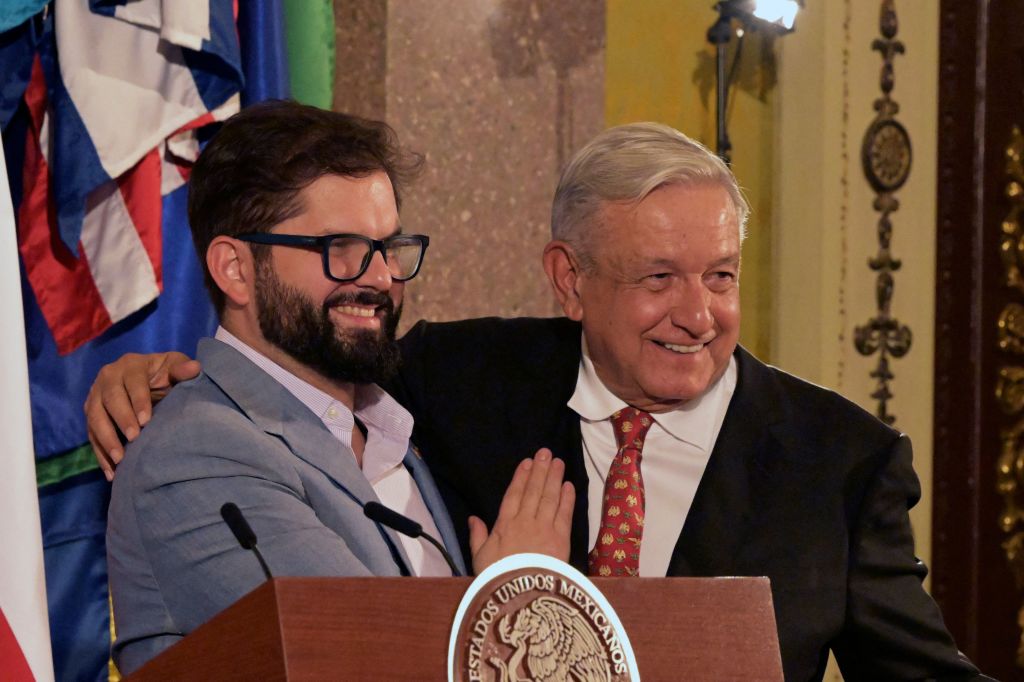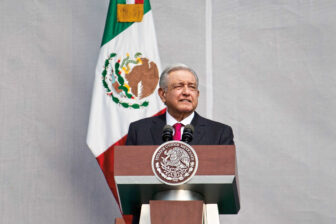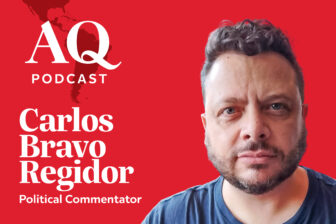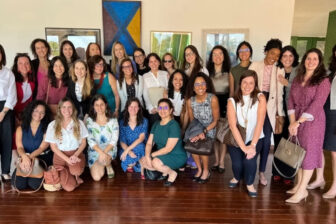SANTIAGO – Chile is quietly pulling diplomatic strings to heal a political rift in the Pacific Alliance, the nuts-and-bolts platform of regional integration it shares with Mexico, Peru and Colombia. The group’s presidency follows a yearly rotation, and Peru should have followed Mexico’s. But after Dina Boluarte took office as president of Peru, Mexico’s leader Andrés Manuel López Obrador has refused to pass the post to her.
President Gabriel Boric’s leftist administration seems well-positioned to make peace between the main antagonists. “We’re trying to be part of the solution,” a senior official in the Boric administration says. “Talks are happening all over.” But even if Santiago succeeds, it will take more than diplomacy to reinvigorate the once-promising alliance.
Founded in Lima in 2011, the Pacific Alliance was designed to deepen economic integration between its founding members — Peru, Chile, Colombia and Mexico — with the goal of engaging more effectively with Asia-Pacific markets. At the time, the four countries were headed by like-minded centrist or conservative presidents: Alán García in Peru, Sebastián Piñera in Chile, Juan Manuel Santos in Colombia and Felipe Calderón in Mexico. The foursome and their foreign ministry teams forged a lasting camaraderie, recalls Alfredo Moreno, Piñera’s then-foreign minister.
“We sought to make the Pacific Alliance as efficient as possible and break with the romantic notion of integration to do more practical things,” Moreno told AQ.
The alliance strived to establish “deep integration to move progressively towards the free mobility of goods, services, resources and people” hand in hand with the private sector, a mission designed to transcend politics. Practical endeavors included joint investment promotion and diplomatic representation, cross-accreditation of professionals like engineers, and stock market integration. Initial fears that the market-oriented alliance would derail when leftists like Peru’s Ollanta Humala came to power did not pan out, reflecting its fundamental apolitical thrust.
Today, the Pacific Alliance bills itself as the world’s eighth largest economy, representing 42.9% of Latin America’s GDP. Over the years, more than 60 countries have earned observer status, and a free trade deal was signed with Singapore in January 2022.
The technocratic nature of the Pacific Alliance contrasts with fleeting ideological schemes like Unasur, the brainchild of Venezuela’s late president Hugo Chávez and one that Brazil’s president Luiz Inácio Lula da Silva is eagerly trying to revive in a bid to project international influence.
But the current standoff between Mexico and Peru demonstrates that the Pacific Alliance was in fact vulnerable to political interference. The crisis erupted in December 2022 when Peru’s then-president Pedro Castillo sought to dissolve the legislature in a power grab that led to his impeachment. Police apprehended Castillo as he tried to flee to the Mexican embassy in Lima, and he remains behind bars. In line with Peru’s constitution, Castillo’s vice president Dina Boluarte was sworn in to serve out his term, making her Peru’s sixth president since 2018. She has endured in spite of deadly protests earlier in the year.
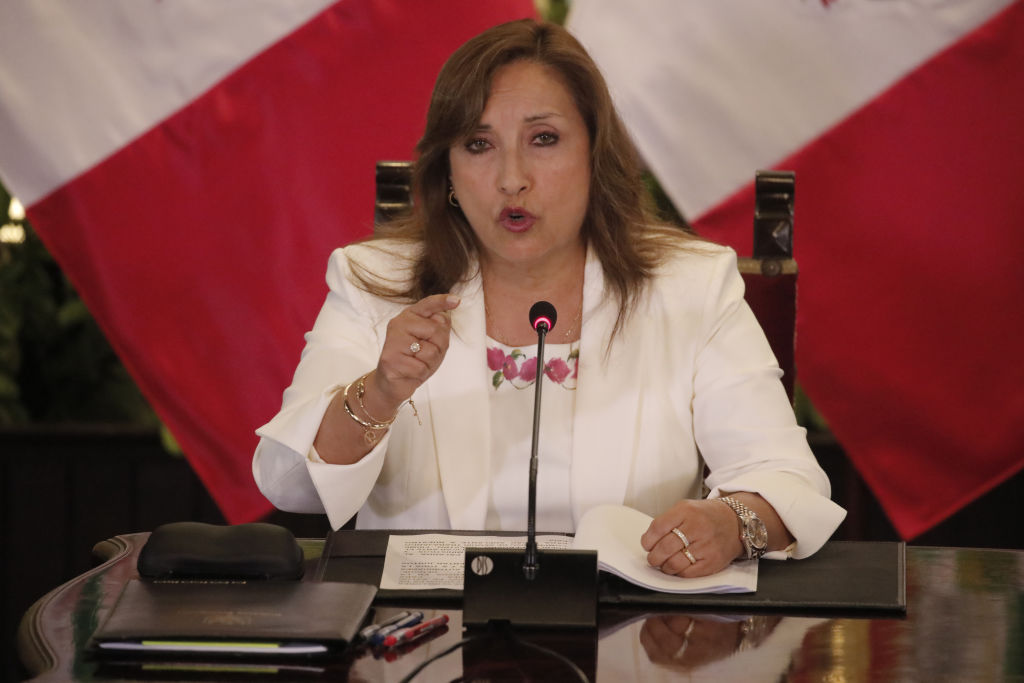
And a diplomatic rift ensued: Mexico’s president calls Boluarte a “usurper” and the two countries have withdrawn their ambassadors. Colombian president Gustavo Petro likewise does not recognize Boluarte, and bilateral ties between their countries have been downgraded as well.
In contrast to Mexico and Colombia, Chile recognized Boluarte as Peru’s legitimate president, a stance that reflects the strategic nature of their bilateral relations despite past differences. “We believe that Peru clearly has the right to assume the presidency” of the group, Chile’s seasoned foreign minister Alberto van Klaveren told local radio in early May. “What we want at all costs is to preserve the Pacific Alliance….but we can’t imagine the Pacific Alliance without Mexico, which has an important economy, the biggest of the alliance.”
Long before the current impasse, the golden age of the alliance was already starting to tarnish. Juan Pablo Glasinovic, international relations professor at the Catholic University of Valparaiso, describes a “distancing” between Mexico and Colombia, which tend to gravitate north to the U.S. as their main trading partner, and Chile and Peru, the world’s two top copper producers that tend to look east to their main market, China.
Leveraging ideological affinity with the governments of Mexico and Colombia, and strategic ties with neighboring Peru, Boric is trying to mend the alliance, even though the far-left flank of his administration and political base remain deeply ambivalent toward free trade and the private sector that underpin it. Because of her influence with this constituency and long years in Chile as executive secretary of the Santiago-based UN Economic Commission for Latin America and the Caribbean (ECLAC, or CEPAL in its Spanish acronym), and most recently as Mexico’s ambassador in Chile, Alicia Bárcena may be helping to broker a compromise. “We’re going to get it done, you’ll see,” Bárcena told Chile’s El Mercurio newspaper in mid-June. AMLO recently appointed her as his foreign minister to replace Marcelo Ebrard who is running to succeed him in next year’s presidential elections.
In one face-saving scenario behind Chile’s diplomatic overtures, Santiago could jump the line to take over the presidency of the Pacific Alliance for the rest of 2023, before passing the baton to Peru for 2024. The senior Boric administration official says nothing will be agreed without Peru’s consent. In the meantime, the alliance continues to function at a low level in areas like academic scholarships, while the private sector has taken the lead on integrating the stock markets of Chile, Peru and Colombia.
Glasinovic is pessimistic about the Pacific Alliance in the near term. AMLO is not going to abandon Castillo, whom he claims was a victim of Peru’s “oligarchy” and race and class discrimination, even though Boluarte was his vice president and political ally. In Colombia, Petro is too preoccupied with domestic problems to address the row with Peru, at least for now.
To keep the alliance relevant, Glasinovic tells AQ that the member states could establish a new minimum consensus. They might also allow more flexibility to enable Chile and Peru to integrate at a faster clip than their alienated northern partners.
There are many possible solutions to resolving the current impasse, but the Pacific Alliance needs more than a diplomatic breakthrough, says Moreno, who recently attended a ceremony in Lima to commemorate the 12th anniversary of the alliance. “Chile’s foreign ministry is making a genuine effort to resolve this. But the underlying problem will still be there,” he said. “The countries have to work together, and there needs to be real political will to make that happen.”
—
Garip is a freelance journalist based in Santiago, Chile.


